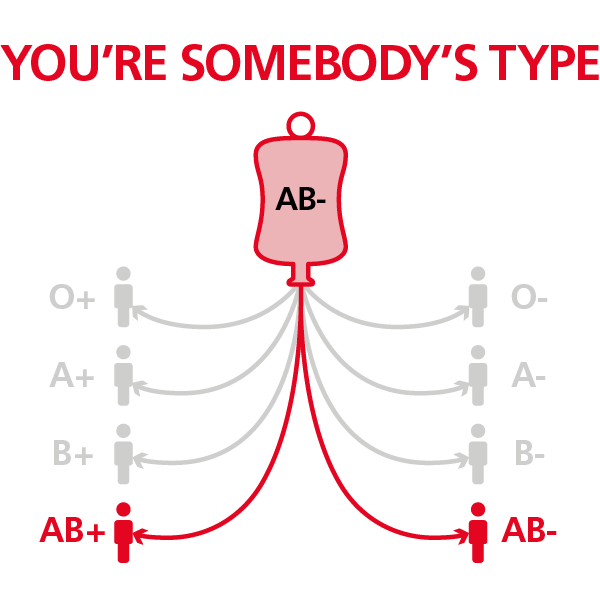

Specifically, I asked what is the first human or human-related sample that has typed as AB using molecular biology (DNA) methods and when is the AB blood type believed to have emerged in human history? The consensus from the answers I received is represented in several specific responses quoted below, “ABO systems have not been widely analyzed in ancient remains, there are very few papers on the blood system.” “There certainly is controversy as to when group B (and thus AB people) emerged.” A specialist at Harvard replied, “It is CERTAINLY well before 10,000 years ago”, “some place the origin of B 100,000 years ago.” “I am very sure it was long before 1,000 years ago-based on DNA divergence from the primordial group A gene”. Within the past couple of years, I have written to numerous scientists who specialize in the fields of anthropological and molecular evolution (my research background is in cell biology & immunology) to inquire about the origins & appearance of the AB blood type. Indeed, for typing studies of aged bloodstains, more reports exist in the literature using serological (surface) analysis relative to molecular (DNA) analysis. While this may seem like the method of choice for analyzing ancient samples, such studies are often precluded because of DNA degradation issues. Unlike the surface antigens which may be similar in humans & bacteria, human ABO genes are easily distinguished from DNA of other organisms. In this technique, which uses the polymerase chain reaction (PCR) to amplify DNA, possible issues with false positives due to bacteria are circumvented because it is the (internal) gene responsible for encoding the surface antigens that is being evaluated.

Because human red blood cells (RBCs) lack a nucleus, this method evaluates gene expression in white bloodĬells (WBCs), or other nucleated cell types (see Figure below). As ABO antigens are also found in many organisms including bacteria, fungi, and insects, the issue of “false positives” is often mentioned when discussing blood typing of ancient samples (see “Blood on the Shroud of Turin: An Immunological Review, available on, for a detailed discussion).Īn alternative method for blood typing exists, which involves molecular biology (DNA) techniques to probe for the genes responsible for conferring ABO blood type. These studies were done using serological methods (antibodies), which recognize the ABO molecules on the surfaces of blood cells (see Figure below). to 4 th century ( Forensic Science International, 43: 113-124, 1989). AB blood type has been reported in skeletal remains that are approximately 1,600-2,000 years old ( Am. In response to an earlier posting on the upcoming BTST meeting, there has been much discussion about when the AB blood type first appeared in history. While watching the Orioles go down in flames this evening, I wrote a posting about the origin of the AB blood type.


 0 kommentar(er)
0 kommentar(er)
